Introduction to Poker Betting
Poker betting serves as the central element in the thrilling game of poker. This section provides an overview of the basics of poker and the significance of betting in this strategic card game.
Understanding the Basics of Poker
Poker is a card game that involves a combination of skill, strategy, and luck. The game starts with players receiving a certain number of cards (the number varies depending on the type of poker being played) and placing bets based on the strength of their hand.
A typical hand of poker is played in rounds, each involving a deal, betting, and either the reveal of new cards or the showdown of hands. The player with the best hand, or the last player remaining after all others have folded, wins the pot – the accumulated sum of bets made during the round.
The basic poker hand rankings, from highest to lowest, are as follows:
#1 – Royal Flush
The highest possible hand in poker, consisting of the Ace, King, Queen, Jack, and Ten of the same suit.
 A♠️ |  K♠️ |  Q♠️ |   J♠️ | 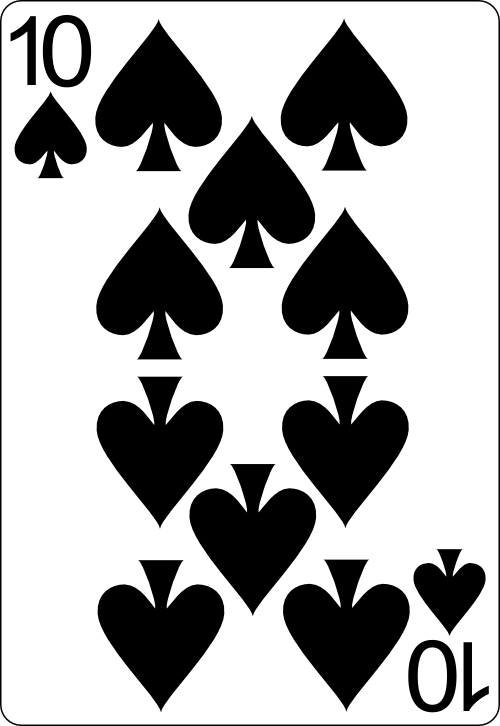   10♠️ |
#2 – Straight Flush
Five consecutive cards of the same suit.
   5♠️ |   6♠️ | 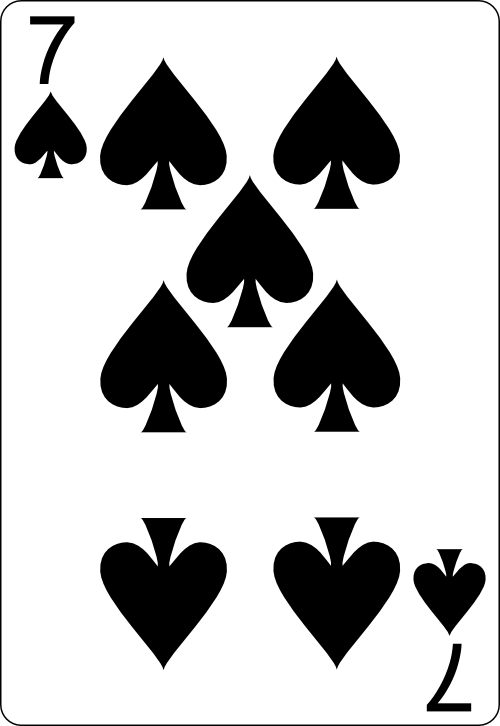   7♠️ | 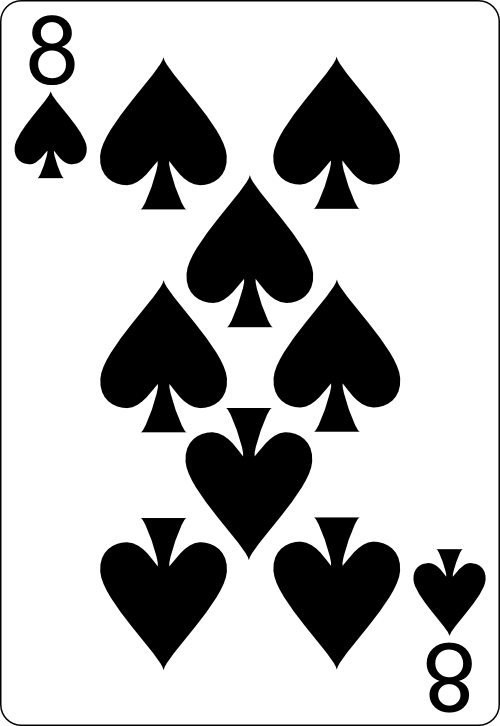  8♠️ | 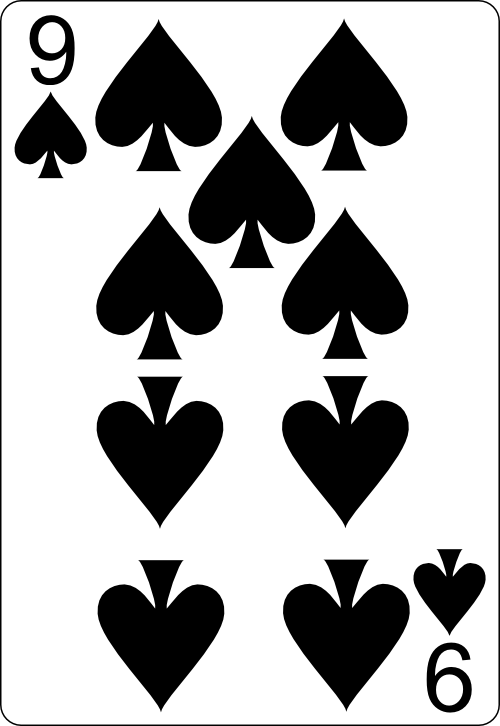    9♠️ |
#3 – Four of a Kind
Four cards of the same rank.
  4♠️ |      4♣ |   4♥️ |     4♦️ |     9♠️ |
#4 – Full House
Three cards of one rank and two cards of another rank.
  A♣️ |    A♦️ |    A♥️ |      4♣️ |     4♦️ |
#5 – Flush
Five cards of the same suit, not in sequence.
  5♦️ | 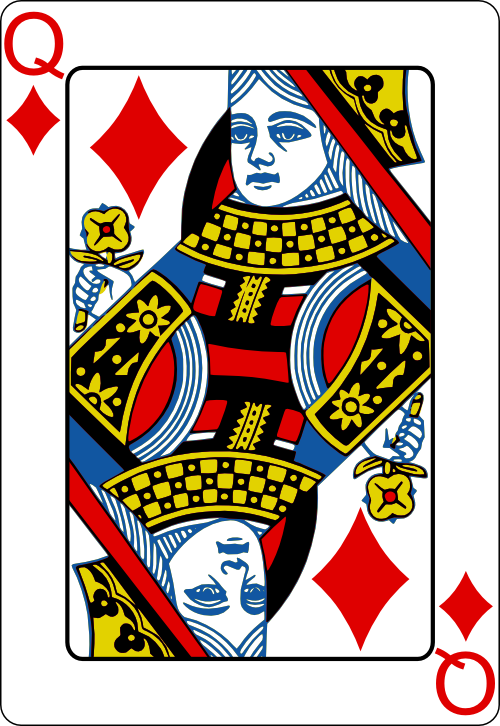  Q♦️ |   3♦️ |    10♦️ |    A♦️ |
#6 – Straight
Five consecutive cards of any suit.
  10♣️ |    J♦️ |    Q♠️ | 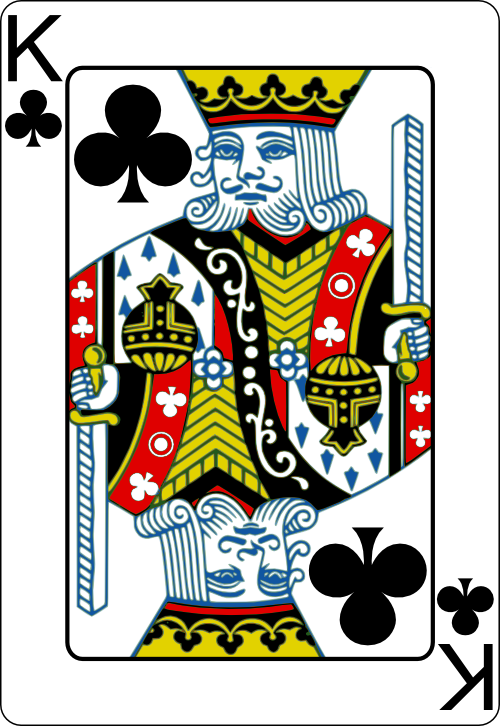  K♣️ |    A♥️ |
#7 – Three of a Kind
Three cards of the same rank.
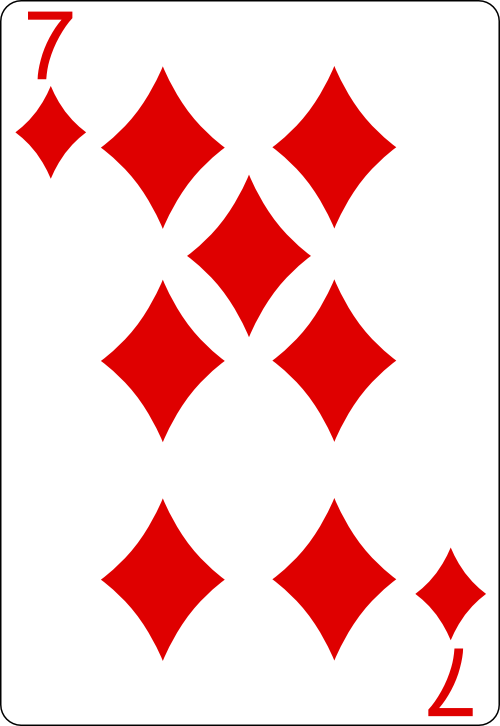  7♦️ | 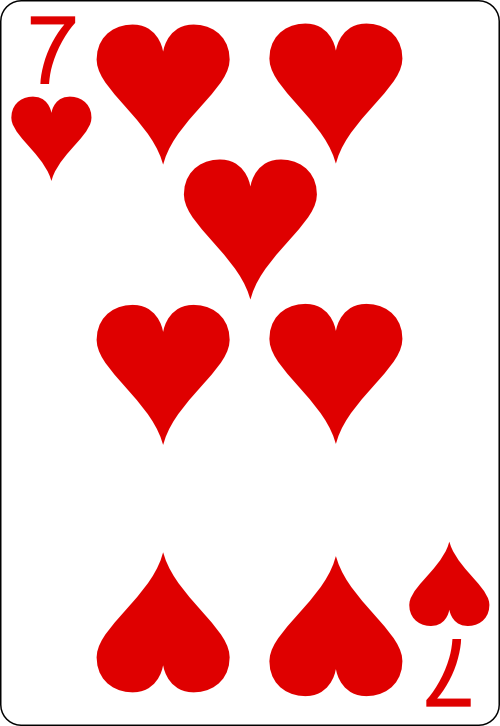  7♥️ |    7♠️ |   K♥️ | 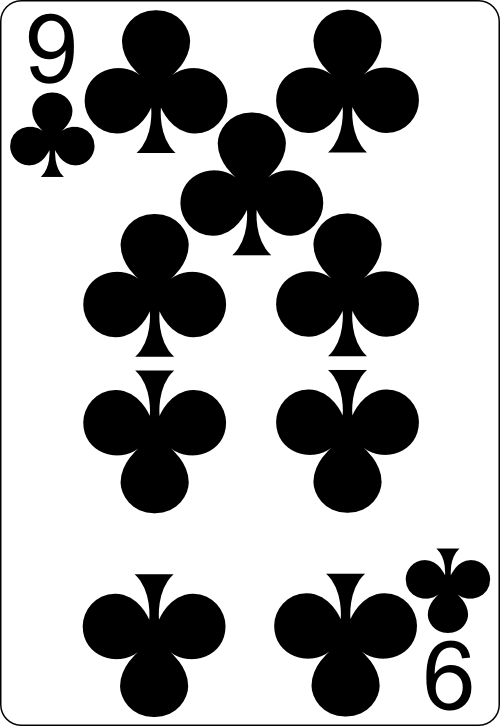  9♣️ |
#8 – Two Pair
Two different pairs of cards.
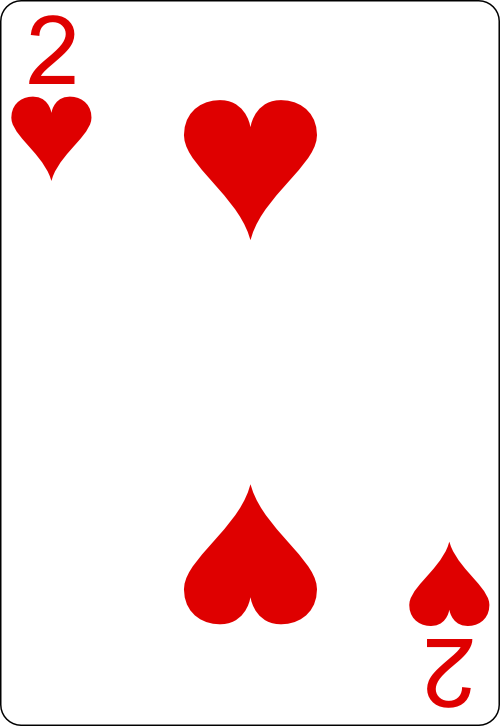    2♥️ |   2♠️ |   J♣️ |    J♦️ |     4♦️ |
#9 – Pair
Two cards of the same rank.
   10♠️ |    10♦️ |      4♣️ |    5♠️ |     2♥️ |
#10 – High Card
When you don’t have any of the above hands, your highest card is your hand.
    9♠️ | 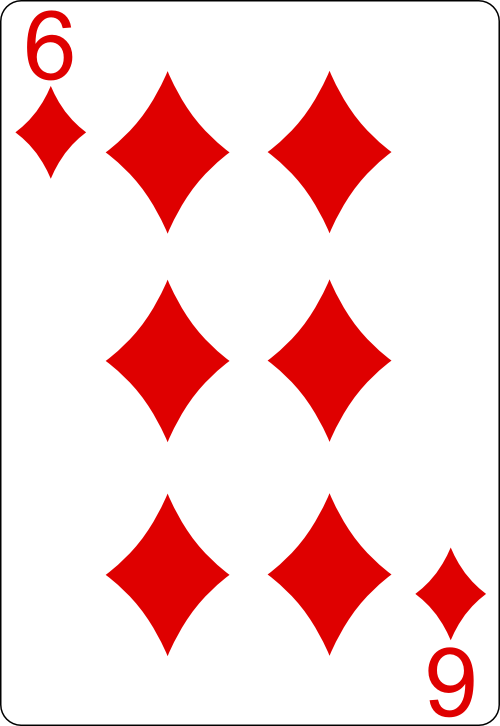  6♦️ |      4♣️ |   3♠️ |     2♥️ |
For a detailed explanation of poker hand rankings, refer to our article on poker hand rankings.
Understanding the basics of hand rankings is crucial when learning how to bet in poker. For more detailed information on poker rules, refer to our article on poker betting rules.
The Importance of Betting in Poker
Betting in poker is not just about placing wagers. It’s a strategic tool used to influence the outcome of the game. Through betting, players can manipulate the pot size, control the action, and make their opponents make mistakes.
Betting allows players to put pressure on their opponents, forcing them to make tough decisions. A well-timed bet can make an opponent with a stronger hand fold, giving the bettor the pot. Conversely, a player can use betting to lure opponents into contributing more to the pot when they have a strong hand.
Betting is also used as a means of gathering information. By observing how opponents respond to bets, players can gain insights into their opponents’ hands and their playing styles. This information can be invaluable in making decisions in later betting rounds.
In essence, mastering betting is key to becoming a successful poker player. As you delve deeper into poker strategy, you’ll learn more about the different betting techniques and when to use them. To explore more advanced topics, check out our articles on 3-betting in poker and poker betting strategies.
The Art of Poker Betting
Understanding the nuances of poker betting is critical for anyone hoping to excel at the game. Mastering how to bet in poker not only increases your chances of winning but also enhances the overall gaming experience.
How to Bet in Poker
Betting in poker involves a series of strategic decisions made throughout the game. The process typically starts with the player to the left of the dealer, who has the option to bet, check, or fold. A bet is an initial wager, a check passes the action to the next player without wagering, and a fold withdraws the player from the current hand.
Following the initial bet, the other players have the option to call (match the amount bet), raise (increase the bet amount), or fold. This process continues until all players have either folded or matched the highest bet.
To understand how betting works in poker, it’s crucial to familiarize oneself with poker betting rules. This will provide a solid foundation for developing effective poker betting strategies.
Betting Structures in Poker: Fixed Limit, No Limit and Pot Limit
Poker games can be played using different betting structures, namely Fixed Limit, No Limit, and Pot Limit. These structures dictate the amount a player can bet or raise during each round of play.
Fixed Limit: In Fixed Limit poker, there are set limits on how much a player can bet or raise. These limits are typically displayed as two amounts, such as $5/$10, where the first amount is the limit for the initial rounds, and the second amount is the limit for the later rounds.
No Limit: As the name suggests, No Limit poker has no maximum limit on the amount a player can bet or raise. A player can bet all of their chips at any time during the hand, leading to larger pots and higher-risk gameplay.
Pot Limit: In Pot Limit poker, the maximum bet or raise a player can make is the current size of the pot. This leads to a strategic game where the pot size can increase exponentially, but not as quickly as No Limit games.
Understanding these betting structures is key to mastering the art of poker betting. It’s also important to grasp the concept of poker betting odds to make informed decisions during the game.
| Betting Structure | Description |
|---|---|
| Fixed Limit | Set limits on how much a player can bet or raise |
| No Limit | No maximum limit on the amount a player can bet or raise |
| Pot Limit | Maximum bet or raise is the current size of the pot |
Whether you’re playing Fixed Limit, No Limit, or Pot Limit poker, learning how to bet strategically is crucial. Advanced betting techniques like 3-betting in poker and bluffing in poker can significantly improve your game.
Mastering Poker Betting Techniques
To excel in poker, a player needs to master several betting techniques. These techniques not only enhance your gameplay but also aid in making calculated decisions. Below, we will discuss four key betting techniques: aggressive vs. passive betting, value betting, slow playing, and bluffing.
Aggressive vs. Passive Betting
In poker, the betting style can significantly impact the game’s dynamics. Players often adopt an aggressive or passive betting style depending on the situation.
Aggressive betting involves raising and re-raising more frequently than calling. It is a strategy used to put pressure on opponents, forcing them to make challenging decisions. Aggressive betting can be highly beneficial when you have a strong hand, or wish to establish a dominant table image. For more on this, read our article on 3-betting in poker.
On the other hand, passive betting involves calling more often than raising. This betting style can be useful when you want to minimize losses in uncertain situations, or to trap opponents into betting more.
| Betting Style | Key Characteristics |
|---|---|
| Aggressive | Raising and re-raising frequently, putting pressure on opponents, beneficial with strong hands |
| Passive | Calling more often, minimizing losses, trapping opponents |
Value Betting
Value betting is a technique used when you believe you have a stronger hand than your opponent. The goal is to get maximum value from your hand by making your opponent call with a weaker hand. Understanding when to use this strategy requires skill, and a good understanding of poker betting odds.
Slow Playing
Slow playing, also known as sandbagging, is a deceptive strategy used when you have a strong hand. Instead of betting aggressively, you play passively to lure your opponents into believing they have a better hand. This encourages them to bet more, allowing you to increase the pot size before making your move.
Bluffing
Bluffing is a strategy where a player makes a bet or a raise with a weak hand to create the illusion of strength. The goal of bluffing is to make your opponent fold, believing they have a weaker hand. Successful bluffing can turn the game in your favor, but it requires careful timing and a good read on your opponents. To learn more about bluffing, check out our article on bluffing in poker.
Mastering these betting techniques can significantly enhance your poker game and increase your winning chances. However, the effectiveness of these techniques depends on the game’s context and your understanding of your opponents. For more insights on this, read our guide on poker betting strategies.
Betting Strategies for Different Poker Stages
In poker, betting strategy varies depending on the stage of the game. It’s crucial to understand how to bet in poker during the pre-flop, flop, and turn and river stages.
Pre-Flop Betting Strategies
The pre-flop stage is when players receive their hole cards and the first round of betting occurs. At this stage, the player’s main goal is to make a judgment based on their hole cards.
A common pre-flop betting strategy is to play aggressively when dealt premium hands. This could involve 3-betting or even 4-betting. This strategy aims to narrow down the field, giving the player a better chance of winning the pot. For more information on this tactic, check out our article on 3-betting in poker.
Flop Betting Strategies
The flop stage is when the first three community cards are dealt and the second round of betting takes place. At this point, players have a clearer picture of the possible hands they can make.
A key strategy during the flop stage is to consider the strength of the hand against the possible hands of opponents. If the flop improves the player’s hand, they might want to bet to extract value. If the flop doesn’t help, but the player suspects it hasn’t helped their opponents either, a bluff bet might be a good move. For more insights on bluffing, check out our article on bluffing in poker.
Turn and River Betting Strategies
The turn and river stages involve the dealing of the fourth and fifth community cards. At these stages, the pot is usually larger, and decisions can greatly impact the game’s outcome.
A common strategy at this point is to make value bets when holding a strong hand, as other players are more likely to call due to the size of the pot. Another strategy is to bluff if the community cards suggest a strong hand that the player doesn’t actually have.
It’s crucial to adapt betting strategies based on the stage of the game, the hand’s strength, and the opponents’ perceived hands. To improve your poker betting game and learn more about different stages, check out our article on poker betting strategies.
Improve Your Poker Betting Game
Becoming proficient at poker betting requires more than just understanding the mechanics of how to bet in poker. It also involves observing opponents, understanding your position, and managing your emotions and bankroll.
Observing Opponents
Observing your opponents is a crucial aspect of poker betting. By watching how others play, you can gain insights into their betting patterns, tactics, and potential tells. This information can be used to make informed decisions about your own betting strategy.
For instance, if an opponent frequently folds to a raise, you might consider making more aggressive bets when they’re in the hand. Alternatively, if an opponent often bluffs, you can adjust your strategy to call their bets more frequently.
Keep in mind that observation requires focus and patience. Over time, as you gather more information about your opponents, your betting decisions will become more precise, ultimately improving your overall poker game.
Understanding Position
Position – where you are seated in relation to the dealer – plays a vital role in poker betting. Being in a late position, such as the dealer or the player to the right of the dealer, can be advantageous as it gives you the opportunity to see how others bet before it’s your turn.
In general, players in late positions can make more informed betting decisions as they have more information about the hand. By contrast, players in early positions need to make decisions with less information, making the game more challenging.
Understand that the strength of your position changes with each round of betting. Mastering positional play can greatly enhance your poker betting abilities. For more on this, visit our article on poker betting strategies.
Controlling Emotions and Managing Bankroll
Poker is a game of skill and strategy, but it also involves a significant psychological component. Being able to control your emotions, particularly during high-stakes moments, can greatly improve your betting performance.
If you’re feeling stressed or frustrated, you may be more likely to make impulsive betting decisions. Learning to maintain a calm and composed demeanor, regardless of the circumstances, can help ensure that your betting decisions are based on logic and strategy rather than emotion.
Bankroll management is another crucial aspect of poker betting. No matter how skilled you are, it’s crucial to bet within your means and set limits for each session. This not only helps protect your finances but also reduces stress, allowing you to make better betting decisions.
Mastering these aspects of poker betting takes time and practice, but the effort can substantially improve your overall game. Remember, every hand offers a new learning opportunity, so stay observant, be patient, and keep refining your betting strategies.

